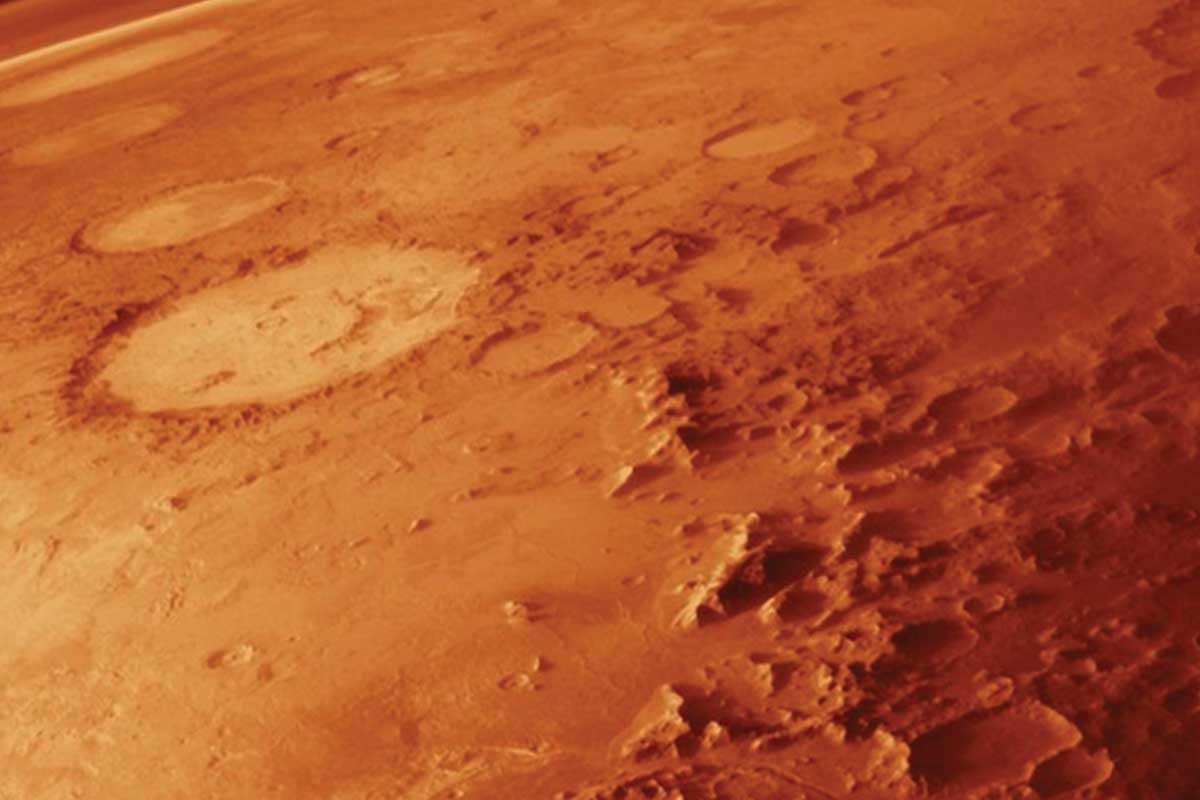Mars, the Red Planet, has held a long-standing mystery about the size of its core. Recent research reveals that it might be smaller and denser than previously believed. By analyzing seismic waves generated by a meteorite impact, scientists discovered that Mars’ core is encased in a layer of molten rock, changing our understanding of the planet’s interior.
The New Picture of Mars
Previously, scientists assumed that Mars had a large, low-density core. But this new discovery challenges that idea. It comes from two separate studies published in the journal Nature, which provide a fresh perspective on the Red Planet’s core and mantle.
What the Studies Reveal
These studies are the most accurate and precise estimates of Mars’ core and mantle structure to date. The research relies on data collected by NASA’s InSight Mars lander, which measured seismic activity caused by “Marsquakes” and meteorite impacts.
The initial conclusion was that Mars had a big core, making up about a quarter of the planet’s mass. However, this posed a problem because it suggested a large amount of light elements like sulfur and carbon, which should not have been present when Mars formed.
A Crucial Meteorite Impact
In 2021, a significant event occurred. A meteorite struck Mars on the other side of the planet from the InSight lander. This allowed scientists to detect seismic waves that had passed through the core, instead of just reflections from the core’s top, which had been the case earlier.
The new data indicated that what researchers thought was the core’s top was actually a layer of molten silicate. This liquid layer is 90 to 125 miles thick. Without it, Mars’ core is much smaller than previously thought, about 30 percent smaller.
Implications of the Discovery
A smaller core means it is denser and contains fewer light elements than previously believed. Approximately 9 to 15 percent of its weight is made up of these lighter elements. Interestingly, this composition is similar to Earth’s core, which is about 10 percent light elements.
The molten silicate layer is believed to be a remnant of a long-lost magma ocean that once covered Mars. It sits between the planet’s solid mantle and its liquid core, kept molten by heat from radioactive elements. This layer acts like an insulating blanket around the core, preventing it from solidifying, which helps explain why Mars lacks a magnetic field, unlike Earth.
However, there are still some questions about whether this new rock layer is entirely molten or partially so. These findings suggest that scientists need to reevaluate seismic data and other observations to further our understanding of Mars’ deep structure.
In conclusion, Mars’ core is not what we previously thought, and this discovery could lead to more exciting revelations about the planet’s hidden mysteries.
